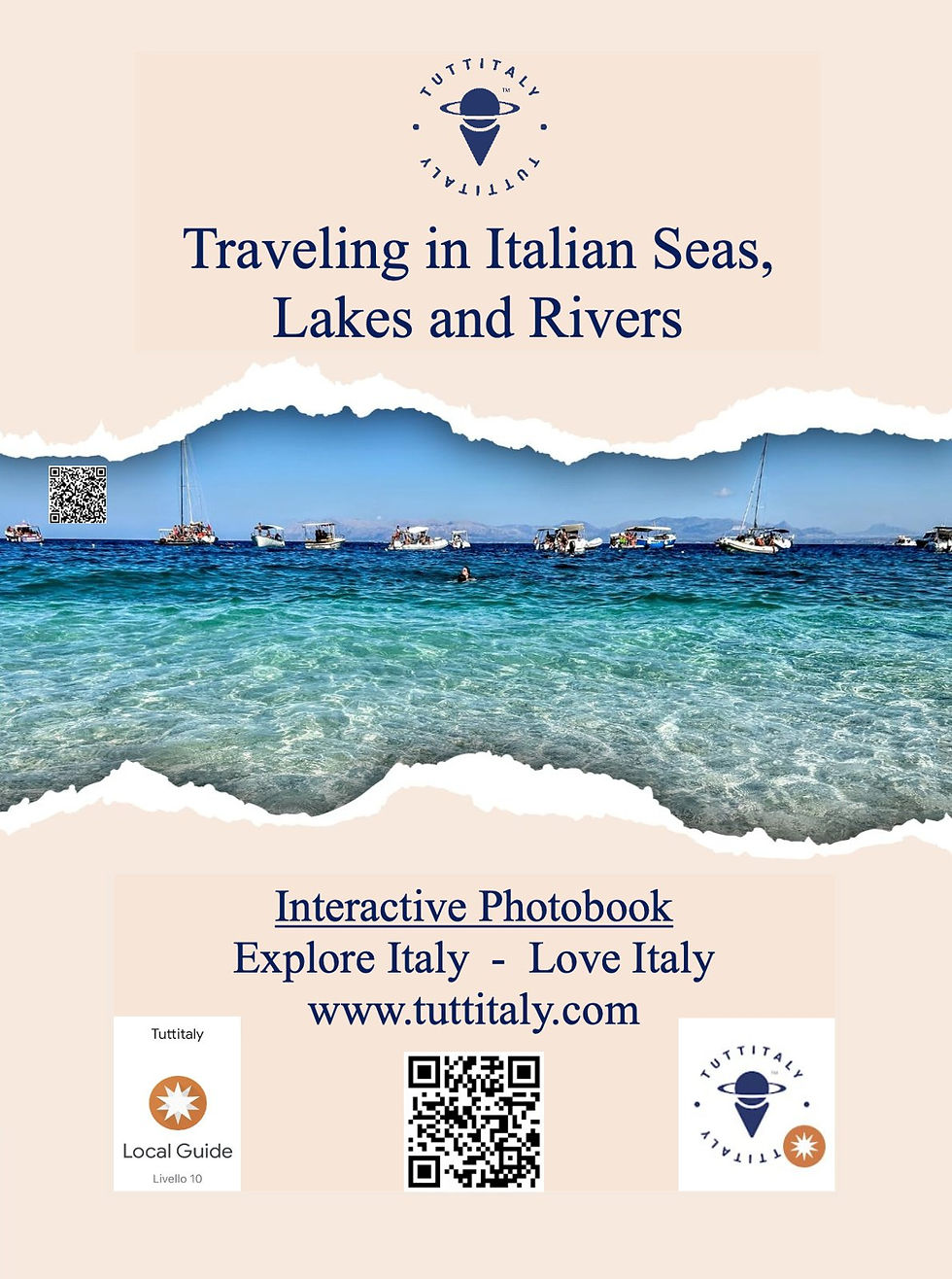It was built to obtain electricity and to regulate the flow of the Turano River, thus avoiding the frequent floods that damaged the Piana Reatina... #tuttitaly
To the south of the province of Rieti, 536 m above sea level, lies Turano Lake. It is an artificial basin born thanks to the dam of the same name built to produce hydroelectric energy and protect the Piana di Rieti from possible floods.
The lake is at the foot of the Monte Navegna and Monte Cervia nature reserves.
On the western shore of the lake, Colle di Tora extends.
The town, which develops along a strip of land, is populated by only 356 inhabitants and is known for having been the backdrop to several Italian films, including "The patron saint" in 1972 and "Non lasciamoci più" in 2001.
On the northeastern shore stands Castel di Tora, a small village inhabited by 300 inhabitants and counted among the most beautiful villages in Italy. The town extends vertically on a rocky promontory, on the top of which stands an ancient castle.
The clear waters surrounded by woods and ancient inhabited centers offer enchanting and suggestive views.
The lake is about ten kilometers long, with a perimeter of about 38 km, and is connected to Salto Lake. The latter is located on the other side of the nature reserve and is Lazio's most significant artificial origin. The two lakes communicate through an underground tunnel about 9 km long, built to power the Cotilia hydroelectric plant, belonging to the Municipality of Cittàducale.
It is said that in October 1938, in the Turano Valley, the farmers harvested and collected the corn cobs on the water because the dam, which had been in operation for a few days, began to form an artificial lake that rose day by day. Then in the winter, the valley disappeared, swallowed by the waters.
The lake was just a calamity for the locals, and the towns slowly began to depopulate.



























Comments